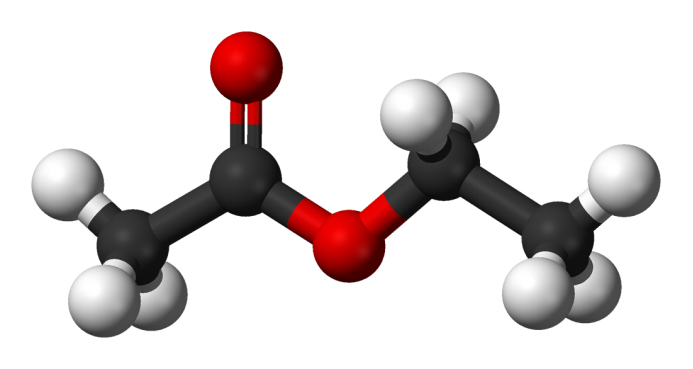Important Solvent EA for Dry Lamination – (I)
Ethyl Acetate (CAS No. 141-78-6, here we call it EA), though it seems only a simple and single organic solvent without special characters, is also one of the most important raw materials for dry lamination. The solvent EA quality directly affects lamination result.

In the following series articles, we summary the experience from COMENS technical managers and customer service engineers, we will show you clearly how to check the quality of solvent EA, what problems will happen because of low EA quality, and how to make sure the solvent EA’s quality.
1. Solvents for dry lamination
Solvent EA is popular used in dry lamination. Beside it, acetone and MEK (Methyl Ethyl Ketone) etc. can be used. Here we only discuss the solvent EA. When we mix adhesive and hardener, we need use Solvent EA to dilute it to target viscosity, and during lamination, it will dry out through the oven. The solvent EA itself doesn’t provide any bonding property, but the quality will highly influence the final lamination quality.
2. Problems caused by low quality solvent EA
Following are the laminating problems caused by poor quality of solvent EA:
1) Laminating adhesive can’t cure totally, still sticky after lamination
2) Bonding strength is low
3) Bubble or white spot appears after curing
4) Solvent residual is higher than standard
5) Wrinkling happened in the heat sealing area
6) Delaminating happened after heat sealing
7) Partial metalized ALU layer disappears after lamination and curing
Bubble problem can be discovered during curing processing, and solved timely. But other problems won’t be found until the laminated products used in end food factories. Finally not only the laminated packages and contents, but also the corporate reputation will be loss and damaged.
So it’s important to pay attention to the solvent EA quality, to avoid the above problems.
3. How solvent EA make problems
Normally dry lamination uses two-component solvent based polyurethane adhesive and hardener. The adhesive is -OH functional group terminated polyol, the hardener is -NCO terminated polyisocyanate. The adhesive, hardener and solvent EA should be mixed according to certain ratio. After coating and lamination, the best condition is -OH of adhesive and -NCO of hardener react totally under certain temperature and time, and finally get a wonderful lamination production

But, normally the solvent EA contains a few of water and alcohol. They also contain -OH functional group. So the actual condition is: -NCO of harder not only reacts with -OH of adhesive, but also reacts with -OH of water and alcohol in solvent EA.
Alcohol and –NCO hardener react to form carbamate.

Water and -NCO hardener react to form ester and CO2
![]()
So, the water and alcohol in solvent EA will consume some hardener, and form CO2 gas, at last cause series problems after lamination and bag making, like bubble, low bonding strength, delamination after heat sealing. And if there is other things in the solvent EA, we may also facing the solvent residual issue, some maybe forbidden, like toluene, some may be slow down the evaporation speed, like IPA and NPAC.






 Hide
Hide






 Top
Top